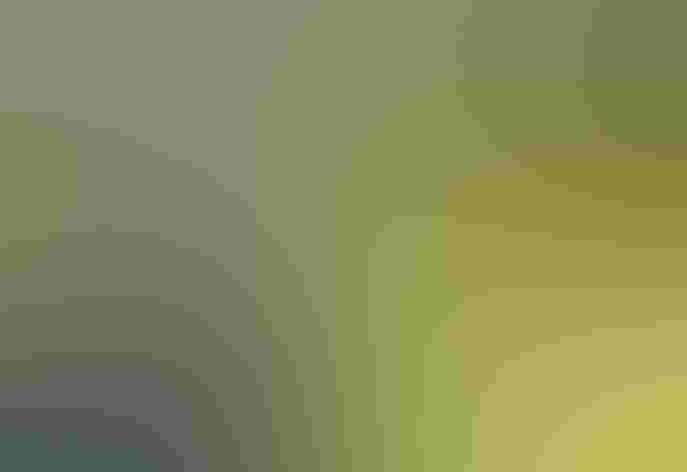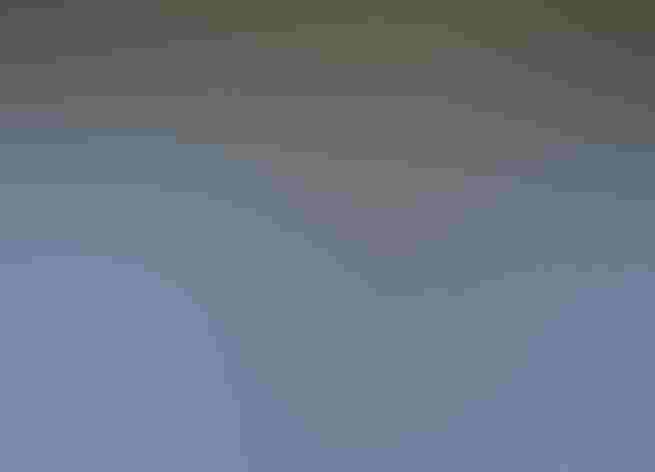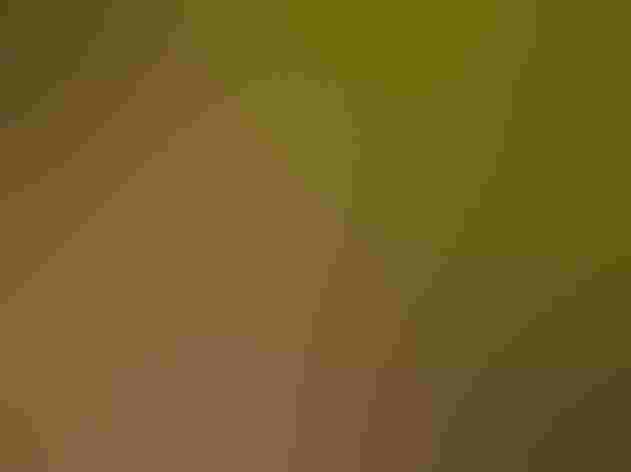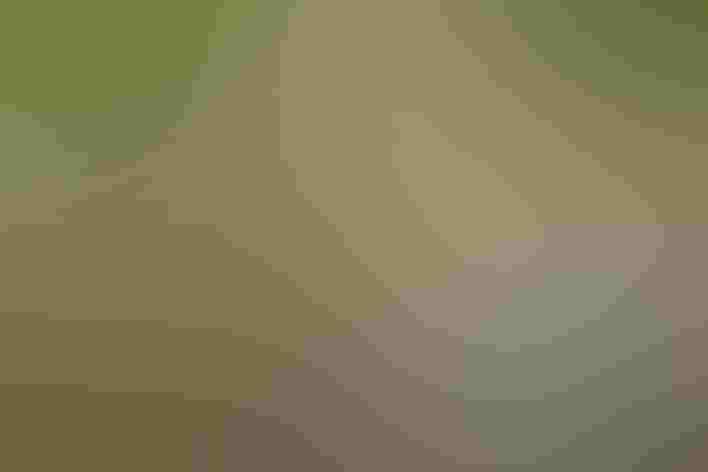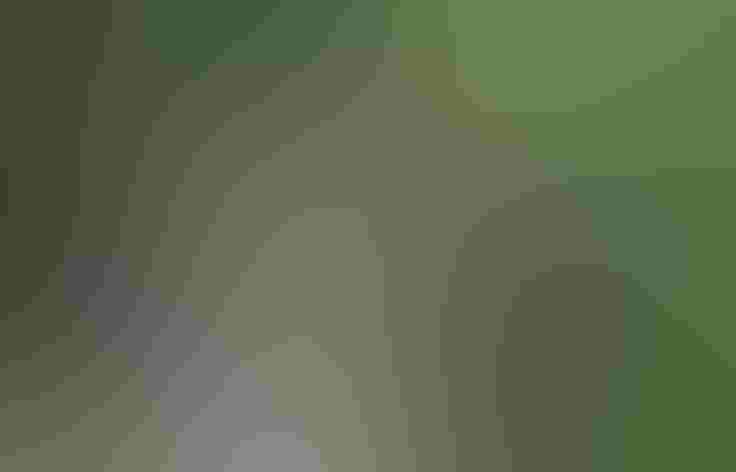Tricolored Heron
At a Glance
On the southeastern coastal plain, the Tricolored Heron is a characteristic bird of quiet shallow waters. Strikingly slender, with long bill, neck, and legs, it is often seen wading belly-deep in coastal lagoons. Although it is solitary in its feeding, it is sociable in nesting, often in very large colonies with various other herons and egrets. Formerly known as Louisiana Heron.
All bird guide text and rangemaps adapted from Lives of North American Birds by Kenn Kaufman© 1996, used by permission of Houghton Mifflin Harcourt Publishing Company. All rights reserved.
Category
Herons, Egrets, Bitterns, Long-legged Waders
IUCN Status
Least Concern
Habitat
Coasts and Shorelines, Freshwater Wetlands, Lakes, Ponds, and Rivers, Saltwater Wetlands
Region
California, Florida, Great Lakes, Mid Atlantic, New England, Plains, Southeast, Southwest, Texas
Population
190.000
Range & Identification
Migration & Range Maps
Northward wandering after breeding not as pronounced as in some southern herons, but has strayed far to the north on occasion. Withdraws in winter from northernmost breeding areas, with some migrating far south; birds banded in South Carolina recovered in Cuba and Panama. Common all winter in south Florida and parts of Gulf Coast, where some are probably permanent residents.
Description
25-30" (64-76 cm). W. 3'2 (97 cm). Dark blue upperparts contrast with white belly and white stripe up foreneck. Base of bill and bare face skin are yellowish at most seasons, bright blue in breeding season. Slender shape makes this species look even longer-billed and longer-necked than most herons. Immature has reddish brown replacing blue on neck and has reddish brown markings on wings.
Size
About the size of a Heron, About the size of a Mallard or Herring Gull
Color
Blue, Gray, White, Yellow
Wing Shape
Broad, Fingered
Tail Shape
Short
Songs and Calls
Guttural croaks and squawks.
Call Pattern
Flat, Simple
Call Type
Raucous
Habitat
Marshes, swamps, streams, shores. Mainly in waters of coastal lowlands. In breeding season usually near salt water, on shallow, sheltered estuaries and bays, tidal marshes, mangrove swamps. Also locally inland around freshwater marshes, lakes, rivers. Nests in colonies in trees, mangroves, or scrub near water.
Sign up for Audubon's newsletter to learn more about birds like the Tricolored Heron
Behavior
Eggs
3-4, sometimes 2-7. Pale blue-green. Incubation is by both sexes, 21-25 days.
Young
Both parents feed young. Young may begin climbing about near nest at age of 3 weeks, able to fly at about 5 weeks.
Feeding Behavior
Forages in shallow water by standing still and waiting for prey to approach, or by walking very slowly; sometimes more active, stirring bottom sediments with one foot, or dashing in pursuit of schools of fish. Solitary in foraging, driving away others from small "feeding territory."
Diet
Mostly fish. Eats mainly small fish of no economic value, also crustaceans (crayfish, prawns), insects (aquatic insects and grasshoppers), tadpoles, frogs, salamanders, lizards, spiders.
Nesting
Breeds in colonies, often with other species of wading birds. Male selects site within colony and displays there to attract mate. Displays include neck stretching, deep bowing, circular display flights. Nest: Site depends on colony location, which may be in trees, mangroves, willows, thickets of dry scrub, sometimes on ground; nest usually 2-10' above ground, sometimes up to 30'. Nest (built mostly by female, with materials gathered by male) is a platform of sticks, with a shallow depression at center, lined with finer twigs and grasses.
Conservation
Conservation Status
Despite some reported local declines, still very common in parts of southeast, and has expanded range northward during the 20th century. In recent decades has nested at many new localities farther north and inland.
Climate Threats Facing the Tricolored Heron
Choose a temperature scenario below to see which threats will affect this species as warming increases. The same climate change-driven threats that put birds at risk will affect other wildlife and people, too.





